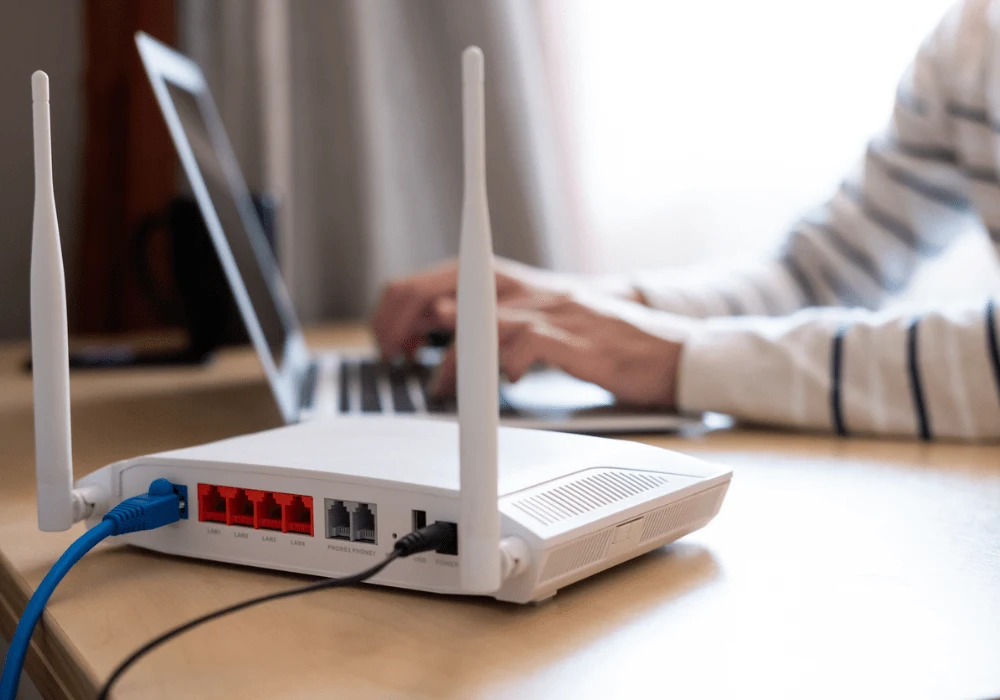As the adoption of smart room technologies accelerates in the healthcare sector, the need for robust network infrastructure becomes increasingly critical. These technological advancements aim to streamline hospital operations and elevate patient care. However, to fully leverage the benefits of these innovations, healthcare organisations must upgrade their networks to manage the increased load and ensure the security of patient data and hospital infrastructure. This article explores the rapid expansion of technology in patient rooms, the necessary network considerations for healthcare organisations, and the steps needed for successful network upgrades.
Rapidly Expanding Technology in Patient Rooms
The Patient Room ‘Next’ framework envisions a highly flexible, technology-enabled environment where patients can receive state-of-the-art treatment across various settings, from traditional hospital rooms to remote care facilities. Central to this framework is the deployment of Internet of Things (IoT) devices such as sensors, cameras, and microphones, which are integrated into a comprehensive network. These devices collect and analyse data using artificial intelligence, enhancing clinical workflows and patient care. For instance, Artisight’s sensor network, supported by NVIDIA Clara Guardian, improves efficiency by monitoring hand-washing compliance, IV fluid levels, and potential fall risks.
In addition to enhancing clinical operations, smart room technologies provide patients with greater autonomy and comfort. Tablets allow patients to access their test results, order meals, or call for assistance, while wearables, smart beds, and biosensors offer continuous health monitoring. Environmental controls further improve patient comfort by adjusting lighting, blinds, and temperature. Moreover, remote patient monitoring devices extend healthcare networks into patients’ homes, reducing the likelihood of hospital readmissions and ensuring continuity of care.
Network Considerations for Healthcare Organisations
Networks are the backbone of healthcare technology initiatives, providing the necessary infrastructure for seamless access to patient records, diagnostic images, and other critical information. With the proliferation of IoMT devices and the rise of virtual care, healthcare networks are under unprecedented strain. This influx of devices not only risks network overload but also introduces new security vulnerabilities, as each connected device becomes a potential entry point for cyberattacks.
To address these challenges, healthcare organisations must modernise their networks to improve performance, reliability, and security. Next-generation IoMT applications require high-speed, low-latency connectivity, which can be achieved by upgrading to Wi-Fi 6E. This new wireless standard offers faster speeds, lower latency, and enhanced security features. However, healthcare IT teams must ensure their existing infrastructure is compatible with Wi-Fi 6E before embarking on modernisation projects.
Steps to Successful Network Upgrades
A critical first step in any network upgrade is conducting a comprehensive network assessment. Healthcare IT leaders need a clear understanding of their current network ecosystem to identify gaps and determine the necessary upgrades. Collaborating with a technology partner, such as CDW, can facilitate this process, providing expertise and support to map out a modernisation strategy tailored to the organisation’s needs.
As healthcare organisations increasingly migrate to the cloud, maintaining a solid network infrastructure becomes even more crucial. Cloud migrations require robust, reliable connectivity to ensure seamless access to data and applications. Additionally, adopting software-defined networks and automation can create efficiencies, helping to alleviate IT staff shortages and streamline operations. Interoperability among health IT systems is also vital, and standards like Health Level Seven International (HL7) are essential for ensuring smooth data exchange and integration.
The rapid advancement of smart room technologies in healthcare presents significant opportunities for improving patient care and operational efficiency. However, these benefits can only be fully realised with robust network infrastructure capable of supporting the increased load and ensuring security. By modernising their networks and leveraging the latest wireless standards, healthcare organisations can create a resilient, future-ready foundation for their technological innovations. Through strategic planning, comprehensive assessments, and collaboration with technology partners, healthcare providers can navigate the complexities of network upgrades and achieve seamless, integrated care for their patients.
Source: HealthTech Magazine
Image Credit: iStock






